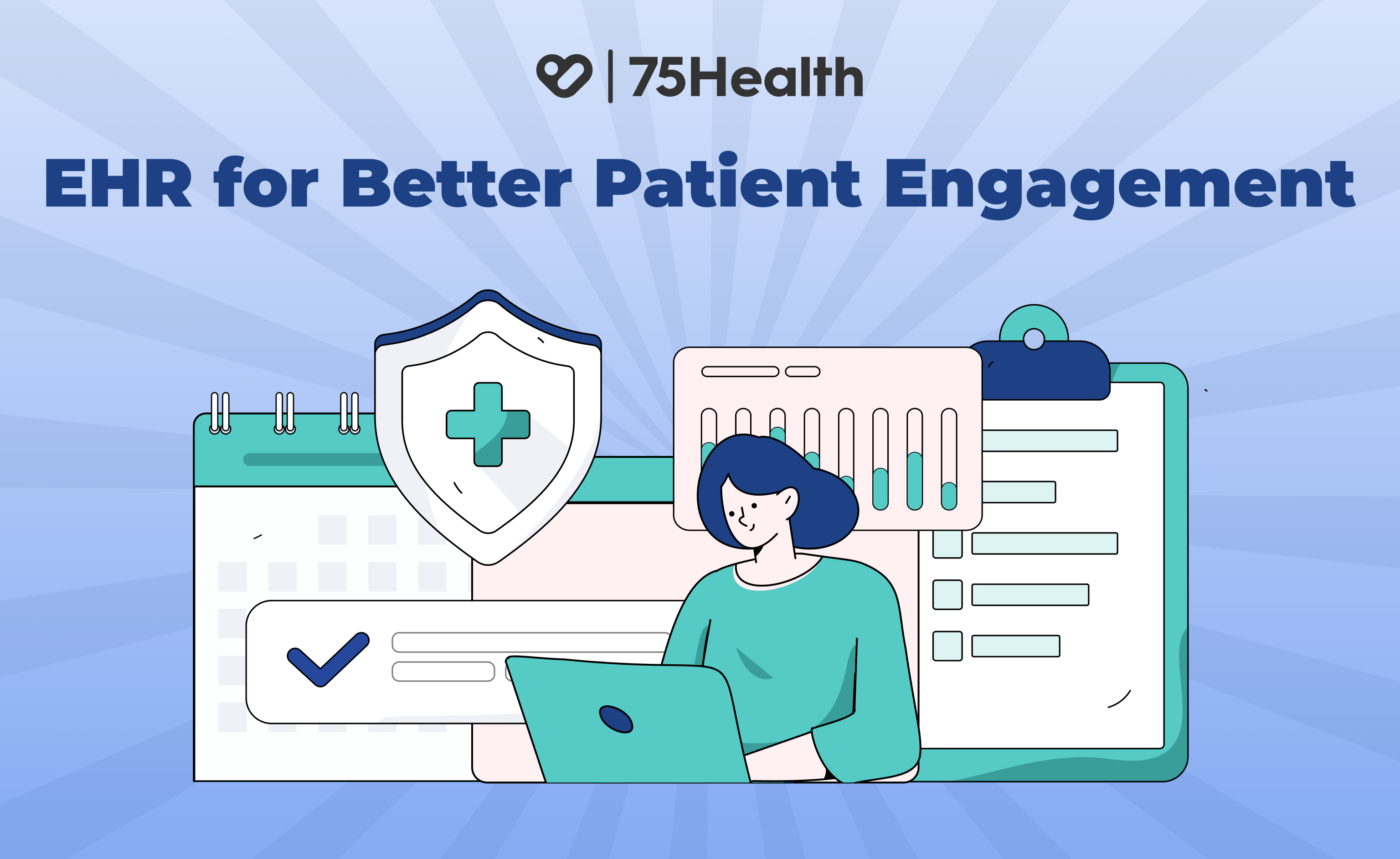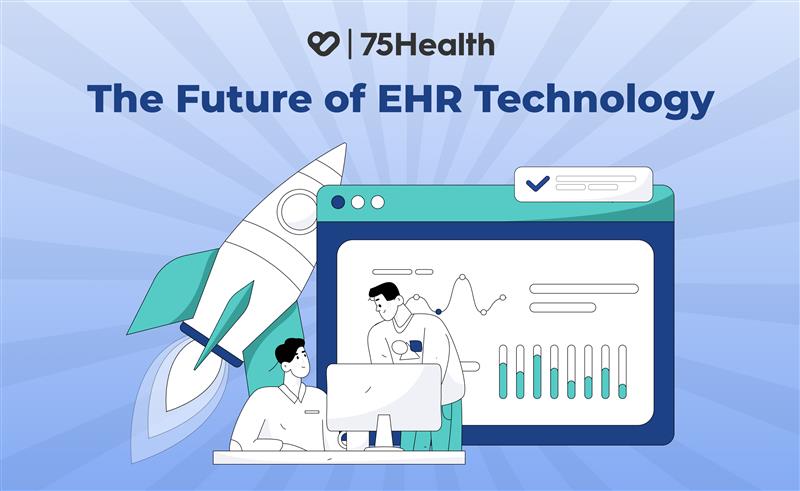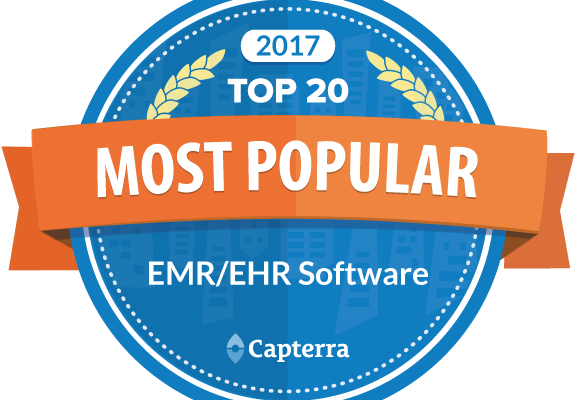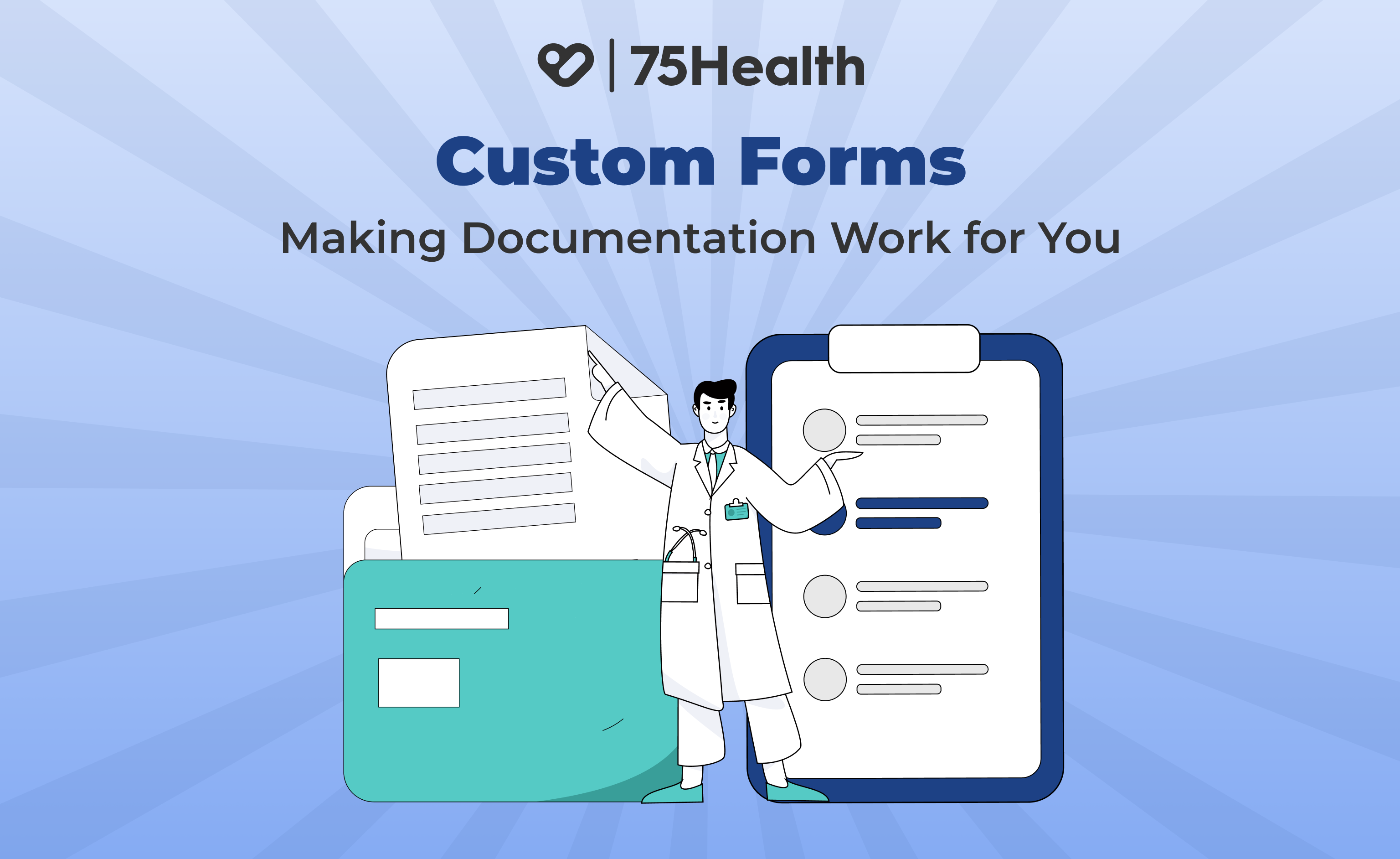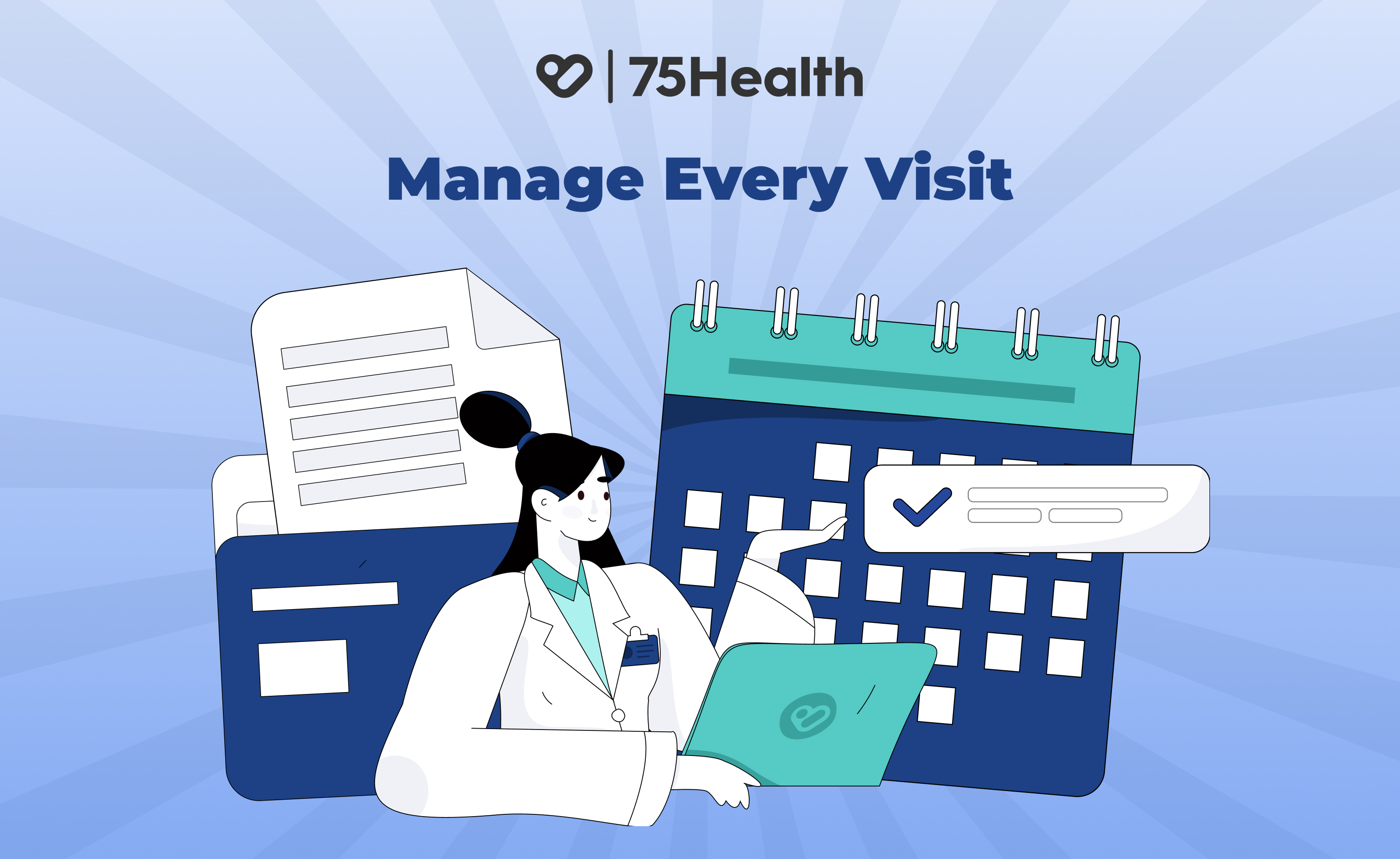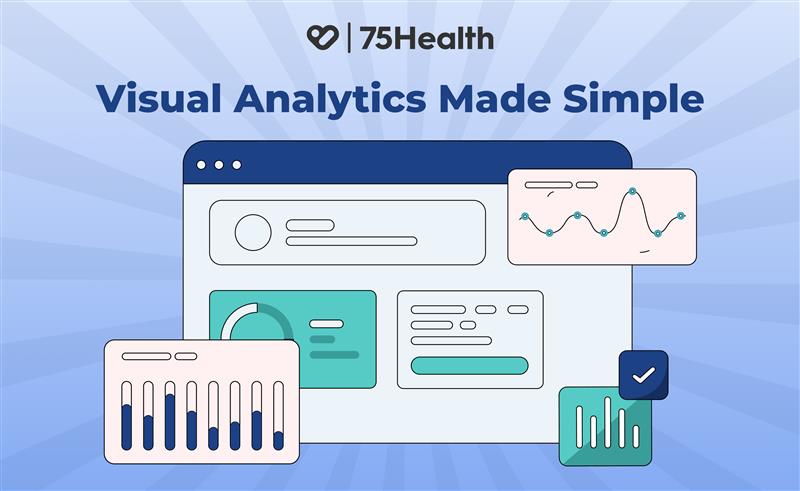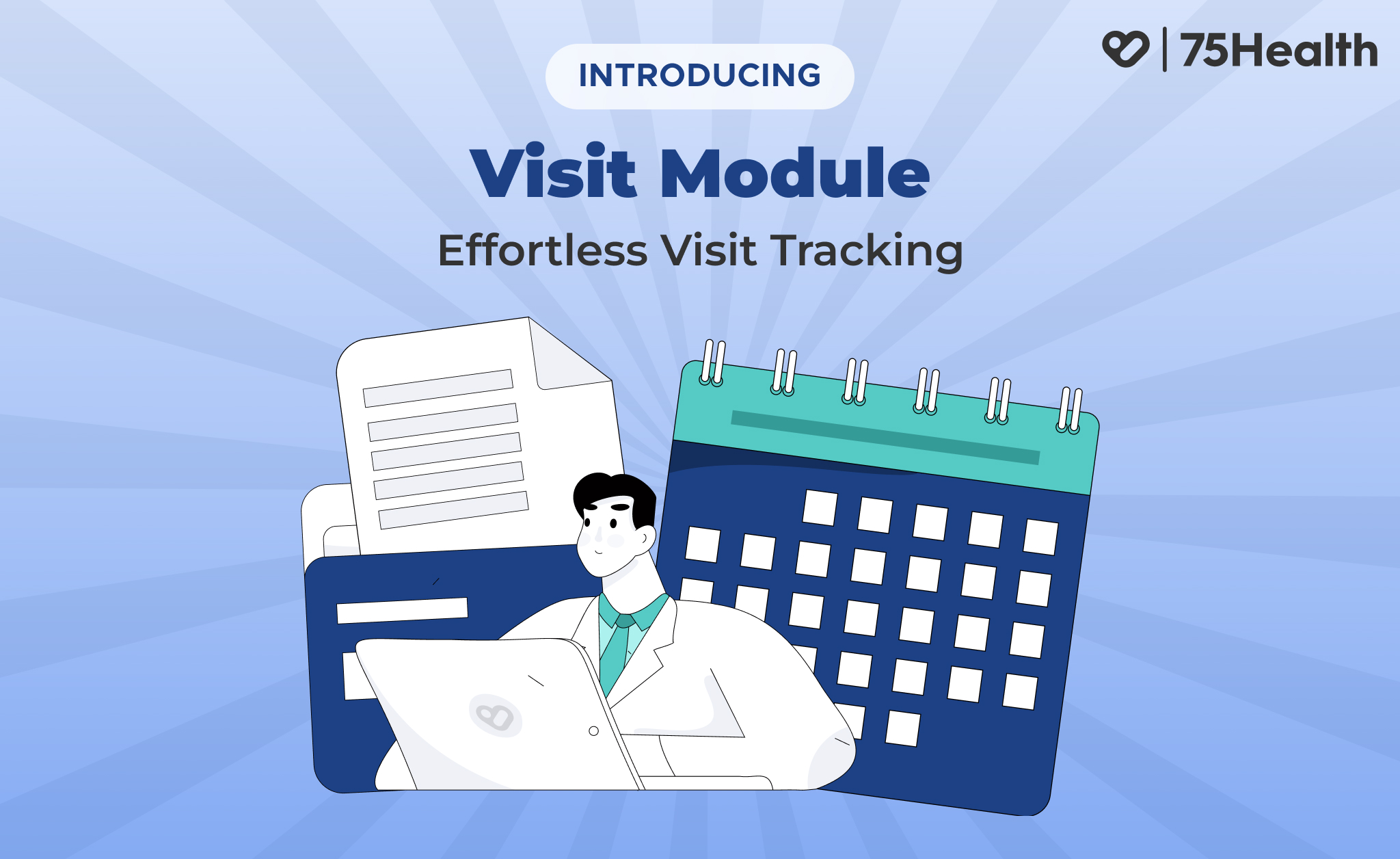EMR Software Supports Modern Healthcare Practises
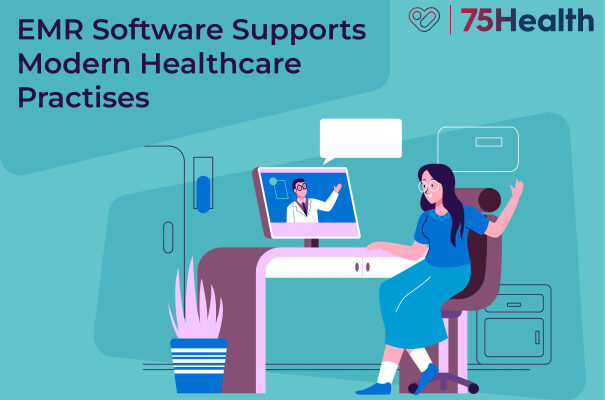
Healthcare is constantly evolving, and new technologies are emerging to help practitioners provide better patient care. EMR Software is one such technology.
One of the most critical changes that EMR Software brings to healthcare is increased efficiency. With EMR Software, practitioners can easily access and share patient information. This makes it simpler to coordinate care and treatment plans.
EMR Software also reduces the need for paper records, which can be time-consuming and challenging to manage. It facilitates greater transparency in the healthcare system, where patients have access to their medical records. It gives them a better understanding of their condition and their treatments.
EMR Software also allows patients to participate in their care by booking appointments and ordering prescriptions online. It is making healthcare more efficient and effective. This benefits both practitioners and patients alike.
This is a considerable shift from the traditional paper-based records, which often were difficult to read and understand. With EMR Software, patients can be more involved in their care and understand what is going on with their health.
This increased transparency is not only beneficial for patients, but it is also beneficial for doctors, as it allows them to communicate more effectively with their patients. Another benefit of EMR Software is that it allows for increased participation in care.
This increased participation in care benefits patients and doctors, allowing for a more collaborative approach to care. EMR Software is changing the healthcare landscape for the better.
EMR Software is designed to support modern healthcare practices. It helps healthcare providers to streamline their workflows, improve patient care, and make better decisions.
Software is also beneficial for patients. It helps them to keep track of their health records and to communicate with their healthcare providers. Patients can use the EMR Software to schedule appointments, request prescription renewals, and view test results.
The Software is a valuable tool for both healthcare providers and patients. It helps to improve patient care and to make the healthcare system more efficient.
By using EMR Software, doctors and medical professionals can avoid the hassle and costs associated with traditional record-keeping methods. With EMR Software, all of a patient’s medical information can be stored in one place, making it easier for doctors to track a patient’s progress and make informed decisions about their care.
EMR Software is accessible from anywhere; patients can easily access their records and communicate with their care team, no matter where they are.
4 Productivity Use Of EMR Software
EMR Software can help improve patient care by providing physicians with better access to vital patient information. This can lead to more informed decision-making and better coordination of care. In addition, it can help reduce medical errors and improve patient safety.
To maintain a high level of productivity, EMR software is a valuable tool for increasing productivity. It is important to remember that it is not a cure-all. Many other factors can contribute to productivity levels in medical practice.
For example, the practice’s nature, the staff’s size, and the availability of resources can all play a role. However, by using EMR software, medical procedures can take a significant step toward increasing their productivity.
EMR software can also help save time for both medical practices and patients. Practices can use EMR to automate billing, scheduling, requesting appointments, view test results, and refill prescriptions.
- EMR Software can help streamline the way a medical practice runs. The software can help make each patient’s visit more efficient from check-in to check-out. Implementing a new EMR software program can be a significant change for your staff, so it is essential to be patient and provide them with the resources they need to be successful.
- EMR Software can improve patient care. Practitioners can easily access a patient’s health history and current medications. This information is used to make more informed patient care decisions. Also, patients can easily access their health information and share it with their practitioners.
- EMR Software can help reduce paperwork a medical practice generates. With EMR, patient information can be easily stored and accessed electronically, eliminating the need for paper charts. EMR systems can help reduce the time spent on tasks such as charting and documentation.
- EMR Software can improve billing and coding accuracy. With EMR, medical practices can improve their billing and coding accuracy. Having all patient information in one place can help avoid errors and ensure correct billing.
EMR can help reduce staff time spent on administrative tasks. This can free up staff members to spend more time with patients and provide better care.
Overall, EMR Software can have a positive impact on medical practices. They can improve billing and coding accuracy, reduce staff time spent on administrative tasks, and provide better patient care.
EMR Software Defines The Patient Journey
EMR Software can help to define and document the patient journey. By tracking and documenting patient interactions, providers can identify gaps in care and make necessary changes to improve patient outcomes.
EMR can also help to improve communication between patients and doctors. Patients and providers can easily share essential medical information by providing a centralized platform for medical information. This can help improve coordination of care and improve patient outcomes.
When it comes to health care, communication is key. EMR Software provides a unique opportunity to document and track the patient journey. This data can be used to improve patient care and experiences, as well as to identify problem areas and target interventions.
Additionally, EMR data can monitor and improve population health outcomes. There are many advantages to using EMR data to improve population health outcomes. For one, EMR data can be used to track trends over time. This can help identify patterns of illness and health among different groups of people.
EMR Software can be used to target interventions. For example, if a certain population is at risk for a certain disease, EMR data can be used to target and monitor them for effectiveness.
EMR data can document the patient journey and track patient outcomes. This can help understand how patients interact with the healthcare system and their needs.
Also, It helps in identifying areas where care can be improved. EMR Software Records the Patient encounter with the doctor and streamlines the workflow to the doctor’s office.
Eliminating unnecessary steps in the patient journey is essential to providing a positive experience. In addition to pre-visit instructions, ensuring that patient parking is easily accessible is also key.
Removing this pain point allows patients to arrive for their appointment with less stress and anxiety. Ultimately, this will lead to better health outcomes.
EMR Software Helps To Reach Patient Goals
A major goal of Electronic Medical Records Software is to help clinicians better manage patient care.
- EMR Software can help to standardize care.
- It can make it easier to coordinate care between different clinicians.
- It can help to improve communication with patients.
- It can provide real-time data that can be used to make clinical decisions.
- It can help to reduce medical errors.
- It can make it easier to track patient progress over time.
- It can help to support research initiatives.
- It can help to improve population health management.
- It can help to reduce healthcare costs.
All of these benefits are important to consider as we move forward with the adoption of EMR Software in healthcare.
Read More at 75health
